Quality Assessment
Step 1: Pre-Inspection Preparation
The inspection team conducts pre-inspection preparation, including reviewing project specifications, quality standards, and inspection checklists.
Step 2: Site Visit and Visual Inspection
The inspection team conducts a site visit to assess the condition of natural stone installations and identify any visible defects, damages, or irregularities.
Visual inspection is performed to evaluate factors such as color consistency, surface finish, texture, veining, cracks, chips, stains, other surface imperfections and workmanship defects
Step 3: Material Sampling, Testing and Evaluation
Material testing is performed to evaluate the physical properties and performance characteristics of natural stone materials, such as compressive strength, flexural strength, water absorption, abrasion resistance, and weathering resistance.
Testing results inform material selection, design decisions, and quality assurance measures.
Samples of natural stone materials are collected from different batches or areas of the installation for further analysis and testing.
Sampling may include random sampling, systematic sampling, or targeted sampling based on project requirements and quality objectives.
Step 4: Documentation and Reporting
Inspection findings, test results, and observations are documented systematically using standardized inspection forms, templates, and reporting formats.
Detailed inspection reports are prepared to summarize the inspection findings, identify defects or deficiencies, and recommend corrective actions.
Step 5: Quality Assurance Review
Inspection reports and findings are reviewed by quality assurance personnel to verify accuracy, completeness, and compliance with quality standards.
Quality assurance review may include cross-checking inspection data, validating test results, and confirming adherence to inspection protocols.
Step 6: Defect Analysis and Root Cause Investigation
Defects and deficiencies identified during the inspection are analyzed to determine their root causes and contributing factors.
Root cause investigation may involve reviewing project documentation, interviewing stakeholders, conducting additional tests, and analyzing historical data.
Step 7: Corrective Action Planning
Based on the findings of the inspection and defect analysis, corrective action plans are developed to address identified issues and improve quality performance.
Corrective actions may include repair, replacement, rework, adjustments to installation methods, changes to quality control procedures, or revisions to project specifications.
By following these step-by-step guidelines, the natural stone consultancy ensures thorough and systematic quality assessment and inspection, enabling clients to achieve the desired quality standards and performance outcomes for their natural stone projects.
